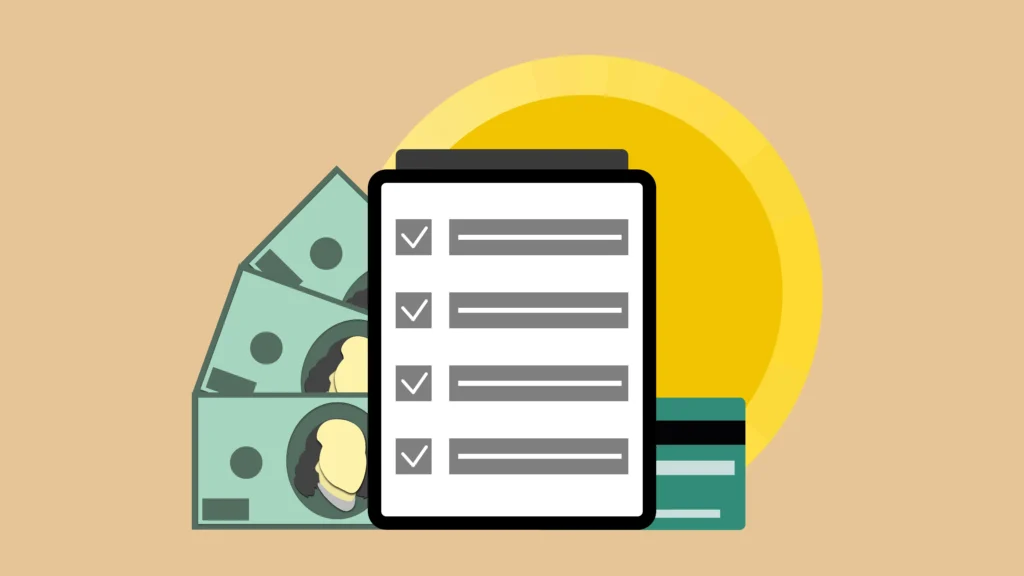Introduction
Payment processing has evolved significantly in recent years, offering various options to businesses and consumers. Two primary methods of payment processing are in-person (also known as point-of-sale or POS) and online payment processing. In this article, we will delve into the differences between these two methods, examining their unique characteristics, advantages, and considerations.
Differences Between In-Person and Online Payment Processing

Convenience and Accessibility:
In-person payment processing involves face-to-face transactions where customers physically visit a brick-and-mortar location to make a payment. This method is suitable for traditional retail stores, restaurants, and service-based businesses. Customers have the advantage of immediate assistance, personal interaction, and the ability to use cash, credit/debit cards, or other payment options accepted by the merchant.
On the other hand, online payment processing enables customers to make payments remotely through digital channels. It offers convenience and accessibility, allowing customers to make purchases or payments from anywhere, anytime, using a computer, smartphone, or other internet-enabled devices. Online payments are processed through secure payment gateways, facilitating transactions with credit/debit cards, digital wallets, or online banking systems.
Security and Fraud Prevention:
In-person payment processing provides a level of security through the physical presence of both the customer and the merchant. Customers can physically hand over cash or cards for payment, reducing the risk of fraudulent transactions. Merchants can verify the authenticity of payment methods and ensure the security of sensitive customer information through proper handling procedures.
Online payment processing, on the other hand, relies on encryption technology and secure payment gateways to protect customer information. While online transactions are generally safe, there is a risk of data breaches or unauthorized access. To mitigate these risks, reputable payment processors implement robust security measures such as tokenization, two-factor authentication, and fraud detection systems.
Transaction Speed and Efficiency:
In-person payment processing offers the advantage of immediate transaction completion. Customers receive instant payment confirmation, allowing them to leave the store or premises with their purchases. Additionally, in-person transactions require minimal technical involvement, ensuring a smooth and efficient payment process.
Online payment processing may take slightly longer to complete due to factors such as internet connectivity, payment gateway processing time, and potential verification processes. However, advancements in technology have significantly improved transaction speed, making online payments nearly as quick as in-person transactions. Online payments also enable automated processes such as digital receipts, reducing administrative tasks for both customers and merchants.
Cost Considerations:
In-person payment processing involves various costs for businesses, such as point-of-sale systems, card terminals, cash handling equipment, and associated maintenance fees. Additionally, businesses may incur fees from payment processors or financial institutions for transaction processing. However, in-person payments may have lower processing fees compared to online transactions due to the absence of intermediary platforms or digital payment infrastructure.
Online payment processing typically involves fees charged by payment gateways or third-party processors. These fees may vary based on transaction volume, currency conversions, and additional services provided by the payment processor. While online payment processing may have higher upfront costs for setting up secure payment gateways or integrating payment APIs, it offers businesses the opportunity to reach a broader customer base, potentially increasing revenue and offsetting initial investment.
Customer Experience and Flexibility:
In-person payment processing allows for personalized customer experiences, as customers can interact directly with sales representatives or cashiers. Customers can seek assistance, ask questions, or resolve any payment-related concerns in real-time. Additionally, in-person payments allow customers to physically inspect and verify the products before making a payment, adding a tactile element to the purchasing experience.
Online payment processing offers its own set of customer benefits and flexibility. Customers can shop or make payments from the comfort of their homes or on the go, eliminating the need to visit physical stores. Online payments provide a wider range of options, such as the ability to save payment information for future transactions, set up recurring payments, and access digital receipts or transaction history. Furthermore, online payments accommodate customers who prefer digital transactions and those who may have limited mobility or live in remote areas with limited access to physical stores.
Scalability and Global Reach:
Online payment processing offers businesses scalability and the potential for global reach. By implementing online payment systems, businesses can expand their customer base beyond local boundaries and tap into international markets. Online payments facilitate cross-border transactions, supporting various currencies and enabling businesses to cater to a diverse range of customers. This scalability can lead to increased sales opportunities and business growth.
In-person payment processing, while limited to physical locations, still plays a crucial role for businesses that rely on in-person interactions or services. Local businesses, hospitality establishments, and service providers often rely on face-to-face transactions as an essential part of their business model. In-person payments allow businesses to foster direct relationships with customers, provide personalized experiences, and create a sense of community within the local market.
Conclusion
In conclusion, the differences between in-person and online payment processing highlight the unique characteristics and advantages of each method. In-person payment processing offers immediate transaction completion, personalized customer experiences, and the tactile element of physical interactions. It remains essential for businesses that rely on face-to-face interactions and local customer engagement.
On the other hand, online payment processing provides convenience, accessibility, and the ability to reach a broader customer base. It offers scalability, global reach, and the flexibility of digital transactions. Online payments cater to customers’ preferences for remote shopping and offer a wide range of payment options, ensuring a seamless and efficient purchasing experience.
Both in-person and online payment processing methods have their place in today’s digital economy. Businesses should carefully consider their specific needs, target audience, and industry requirements when choosing the most suitable payment processing approach. Ultimately, leveraging the strengths of both in-person and online payment processing can help businesses maximize their revenue potential and provide exceptional customer experiences.

Looking for the
Best Payment Processing Solution ?
Unlock the potential of seamless payment processing with Daystar Payments. If you’re seeking to elevate your business with a reliable merchant account or exploring our comprehensive suite of payment processing solutions, we’re here to help. Take the first step towards efficiency and growth by applying now. Your journey to simplified transactions starts here. Click the button below to know more.
